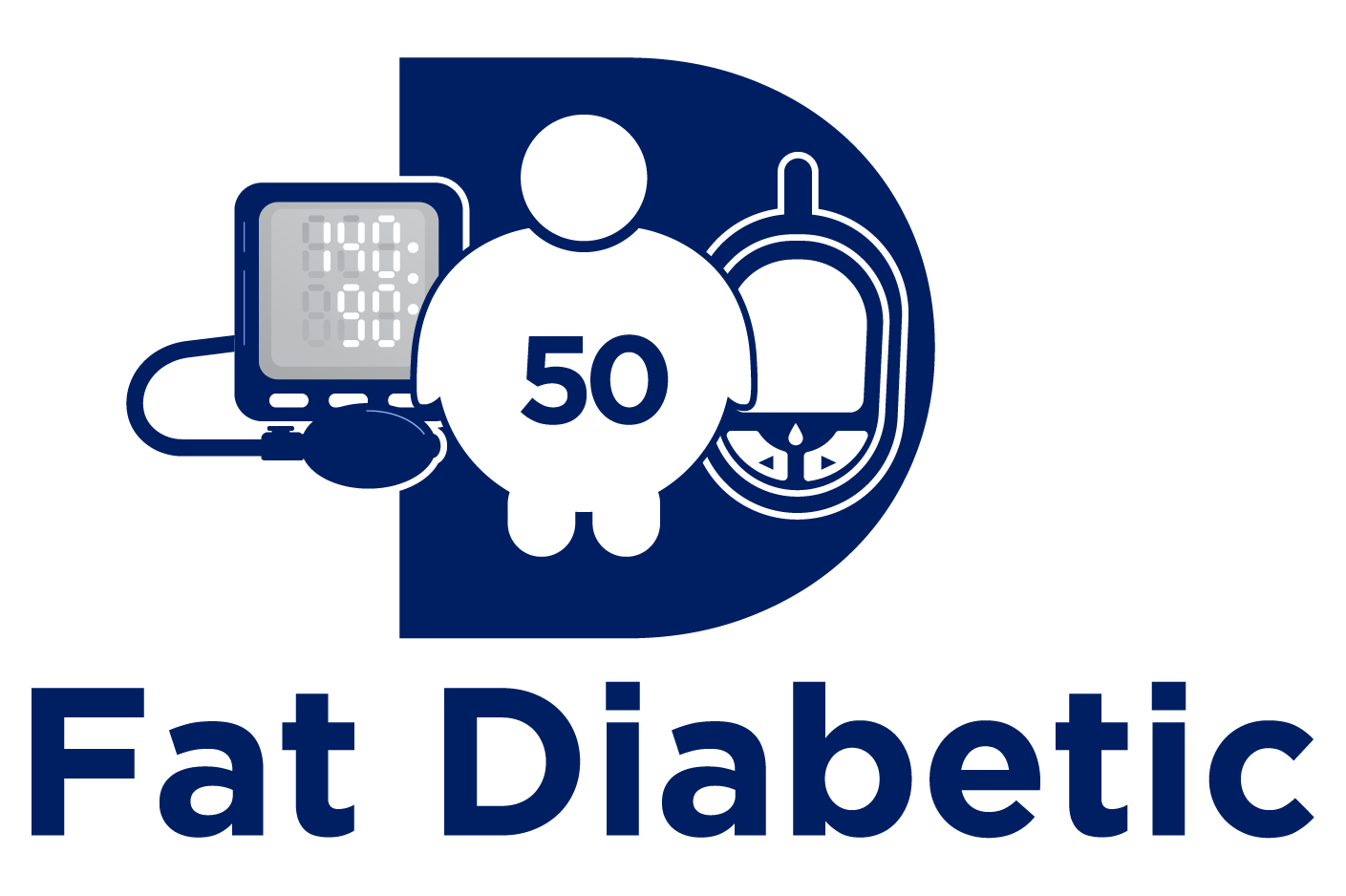Pre-diabetes is a condition where blood glucose levels are higher than normal, but not high enough to reach the levels consistent with the diagnostic criteria for type 2 diabetes (fasting glucose levels are between 100-125 mg/dl), A1C 4.7-6.4%, 2 hour post-meal sugar 140-199 mg/dl).
Pre-diabetes traditionally has been a warning sign of impending type 2 diabetes where the body struggles to control and maintain glucose levels within a precise range. Yet, pre-diabetes is grossly underestimated and is a dangerous medical condition because it’s not only about higher than normal glucose levels but it
also forecasts cardiovascular events that include heart attacks, strokes, death and certain cancers. Patients with pre-diabetes have a 26% greater risk of cardiovascular events than people without pre-diabetes.
In the decade following Y-2K there was intense interest in pre-diabetes by the American Diabetes Association, World Health Organization, and The Centers for Disease Control and Prevention. It became recognized as a preventable condition. This philosophical change occurred when these organizations realized that somewhere between 110-118 million Americans had pre-diabetes with a conversion rate to type 2 diabetes occurring between 3-10 years. To allow this mass of humanity to develop diabetes along with its complications would be catastrophic for the healthcare industry. Something had to be done but prevention would be difficult as pre-diabetes encompassed genetics, cultural issues, ethnicity, metabolic compensatory mechanisms, and lifestyle mishaps.
This made insulin resistance a reasonable target for pre-diabetes prevention. Insulin resistance is a condition where the body’s cells become less responsive to insulin because of obesity, leading to elevated insulin levels in the blood. This can lead to increased blood pressure and promote fat storage particularly around the abdominal area (visceral fat), both of which are known risk factors for a multitude of diseases.
Diet and exercise would target weight, and metformin use would lower blood glucose. This strategy had a proven record of accomplishment but it was unique because it targeted pre-diabetes patients, instead of patients with diagnosed type 2 diabetes. This strategy highlights the need for intensive educational awareness about preventable diseases, and a move from a healthcare system that only focuses on treatment, to one that also embraces prevention. This part of the story is just the beginning, you will want to know Part 2 that reveals the common medical conditions that precede pre-diabetes. You will be amazed!

